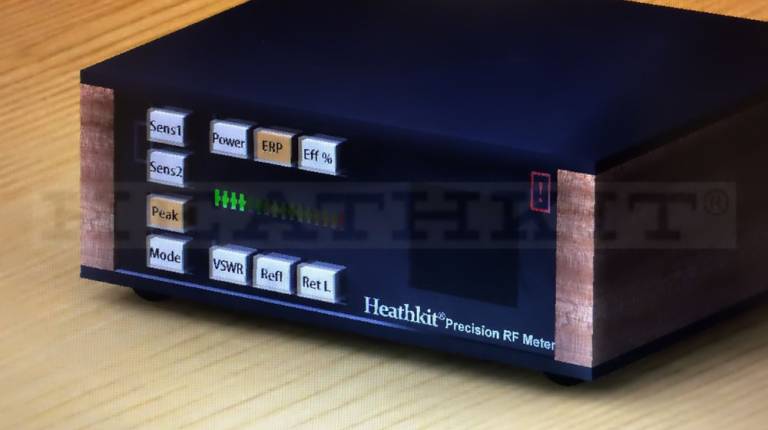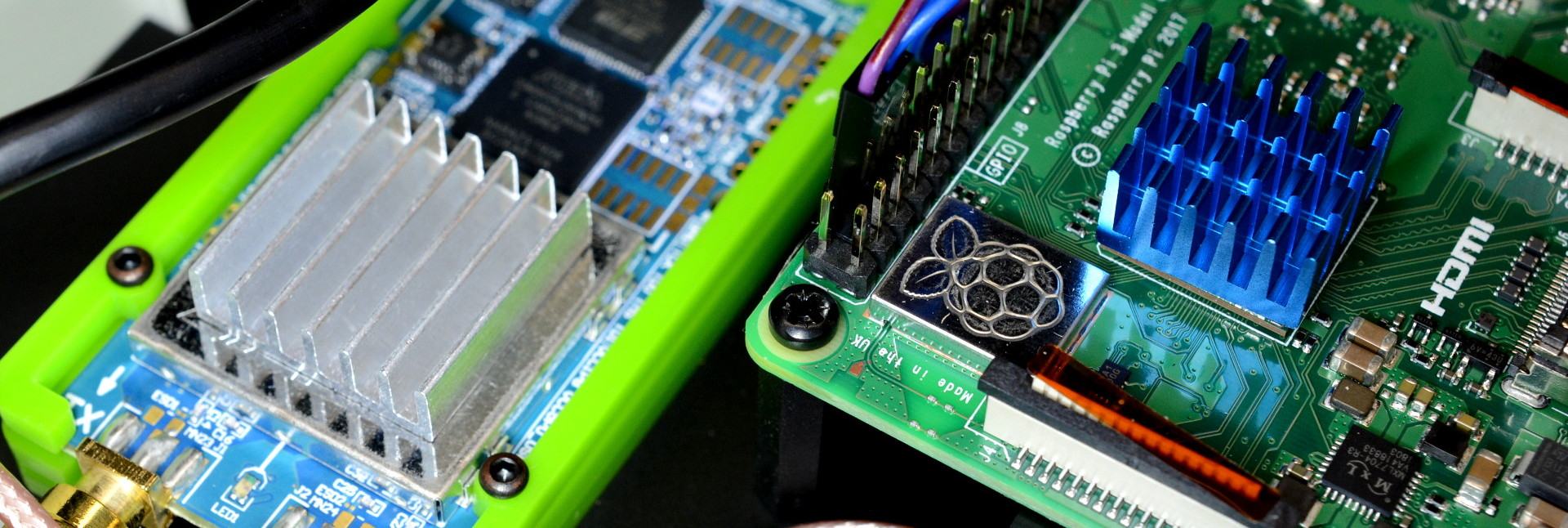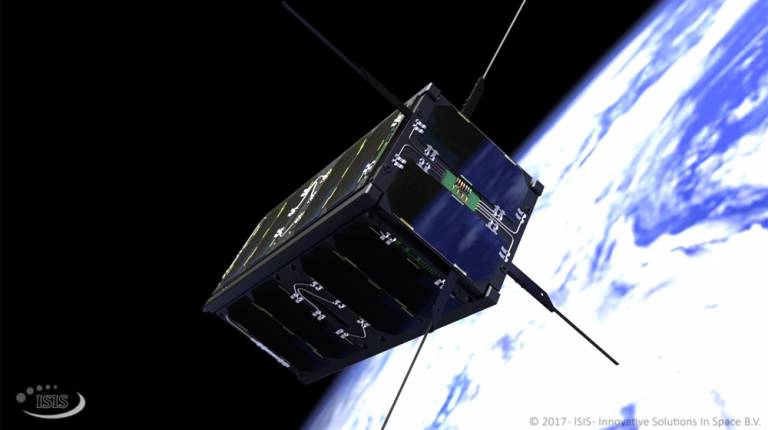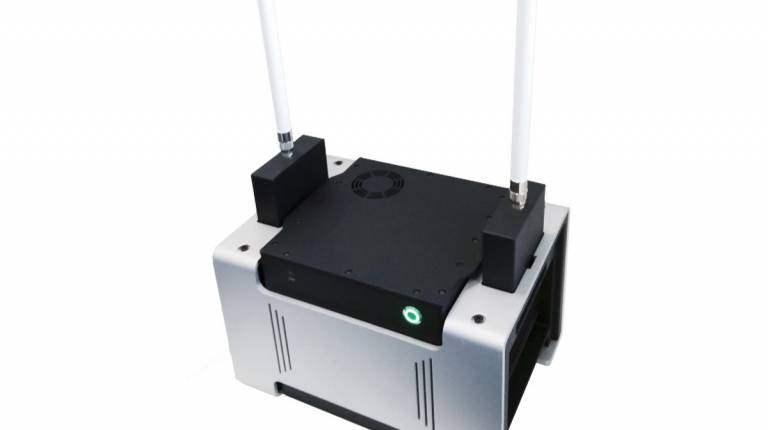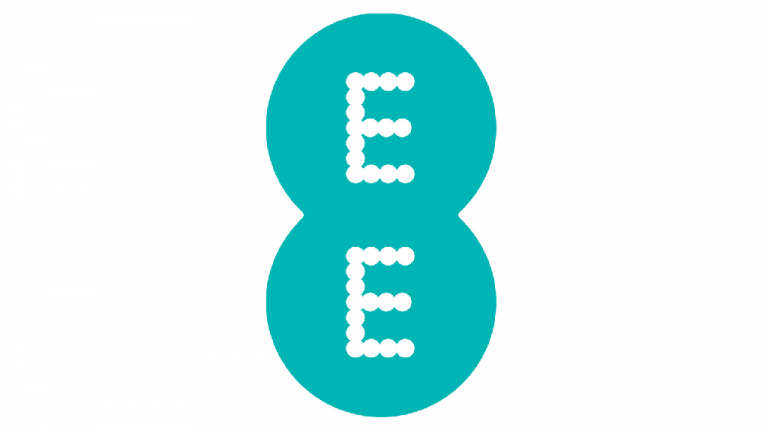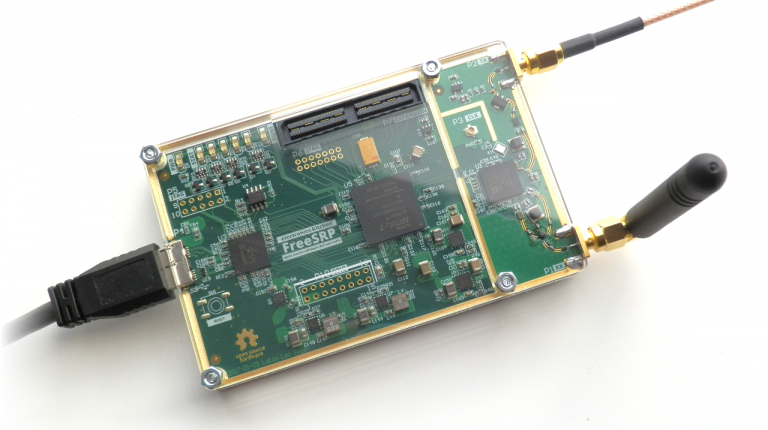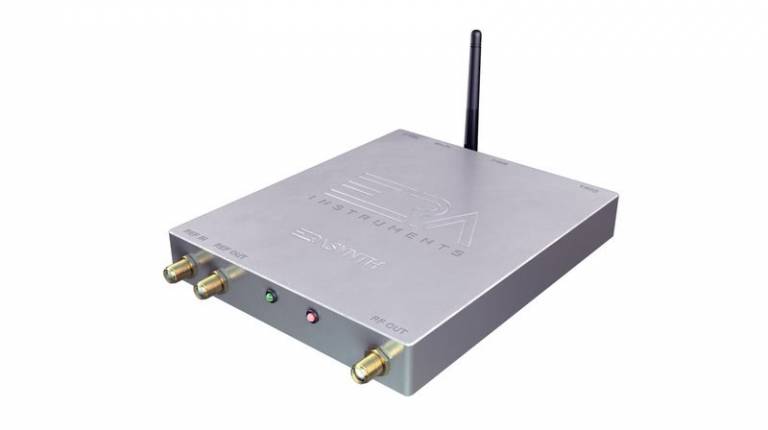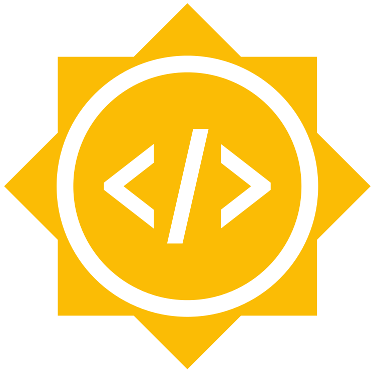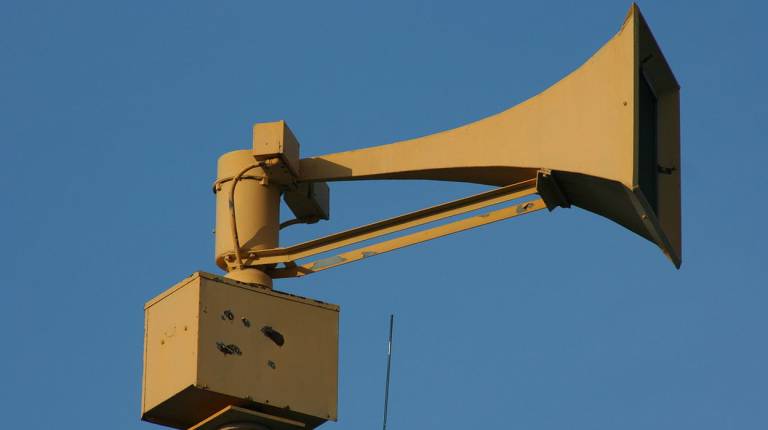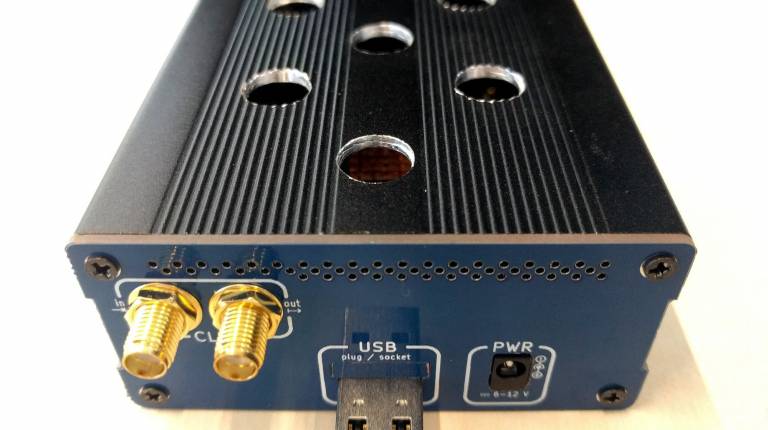OTA: LimeSuite Update, DVB Transmission, Signal Analysis and More
The LimeSuite software bundle has been updated to version 17.06.0, bringing a selection of additions to the application programming interface (API), new gateware for the LimeSDR, and GPIO support in SoapySDR, among other improvements. Released earlier this week, LimeSuite 17.06.0 makes some major changes to its API with six new…
